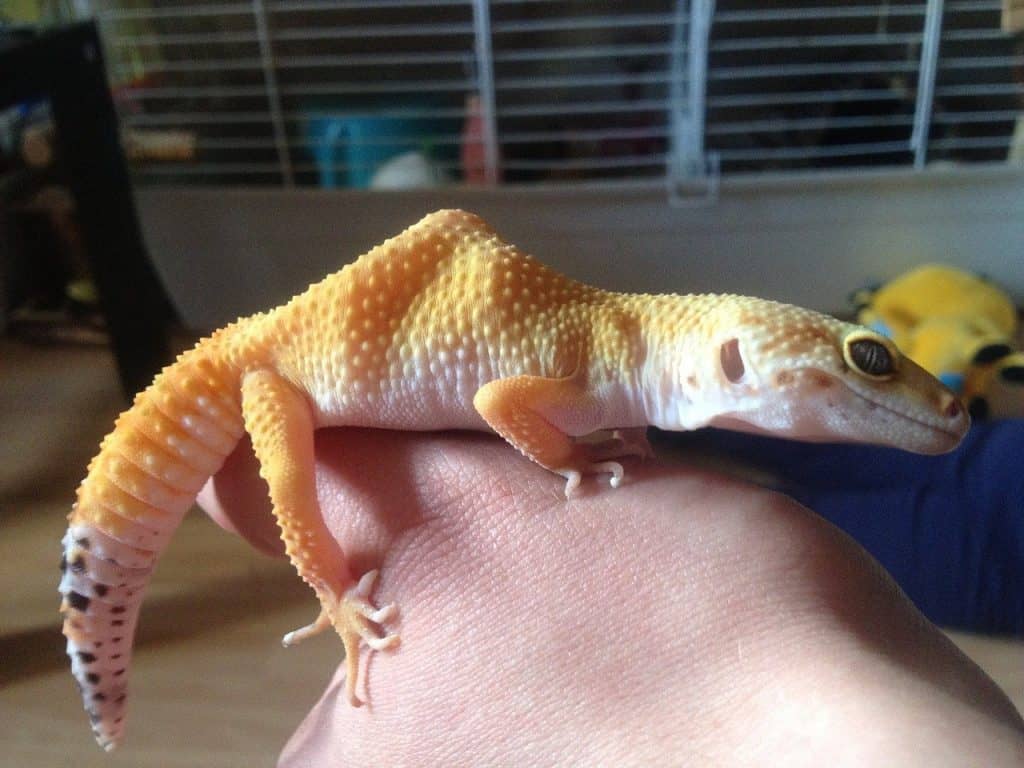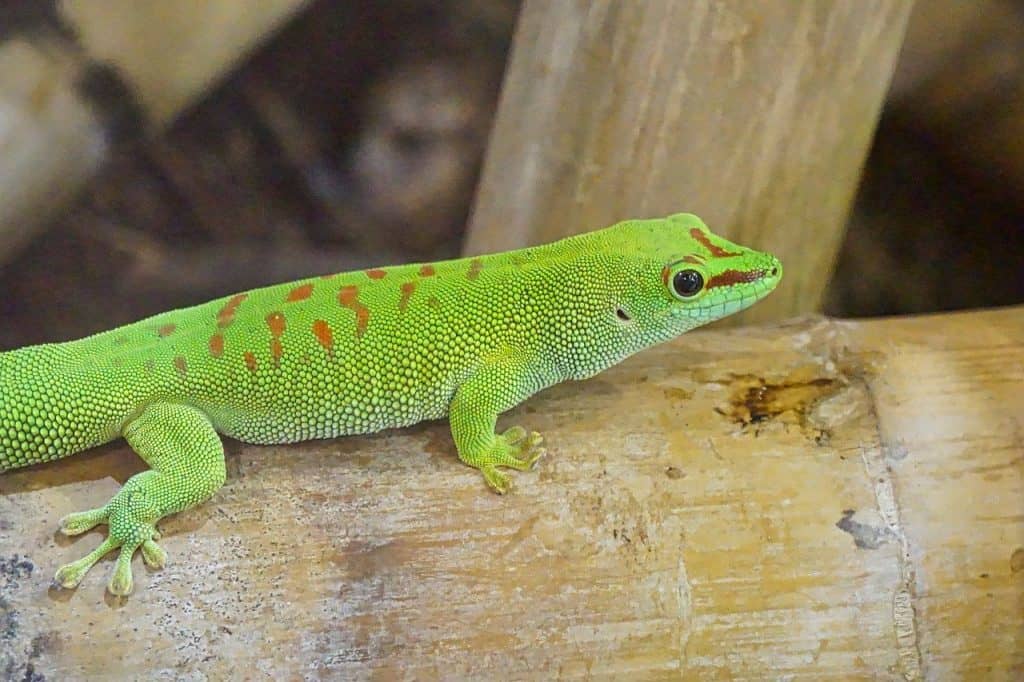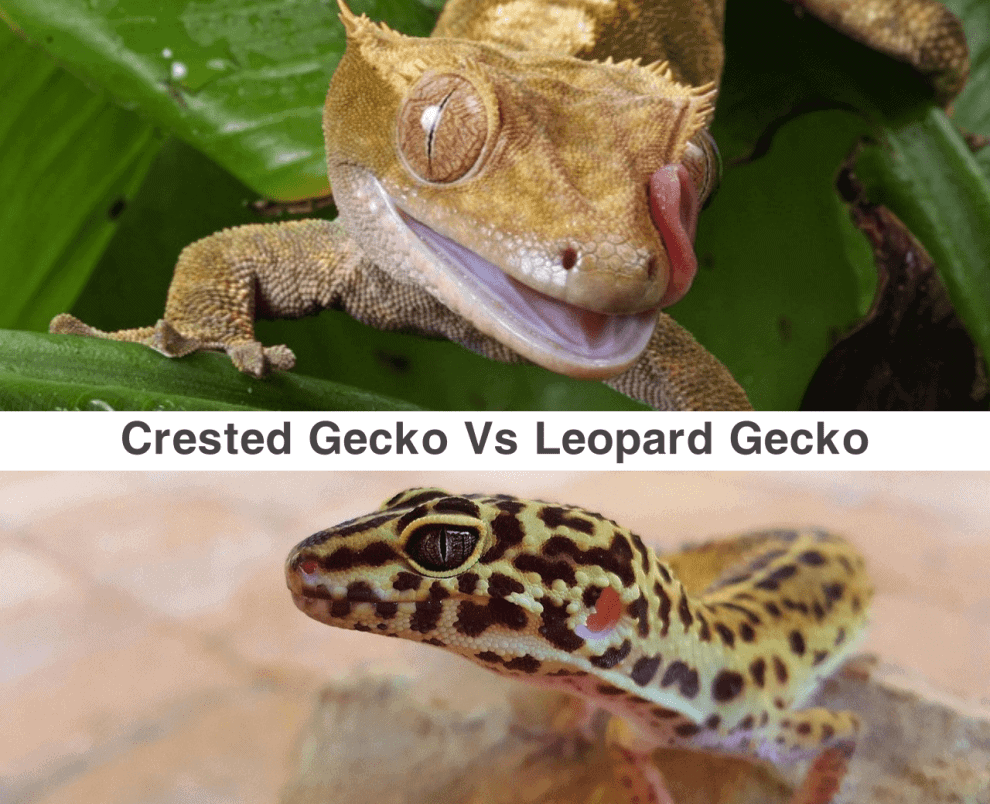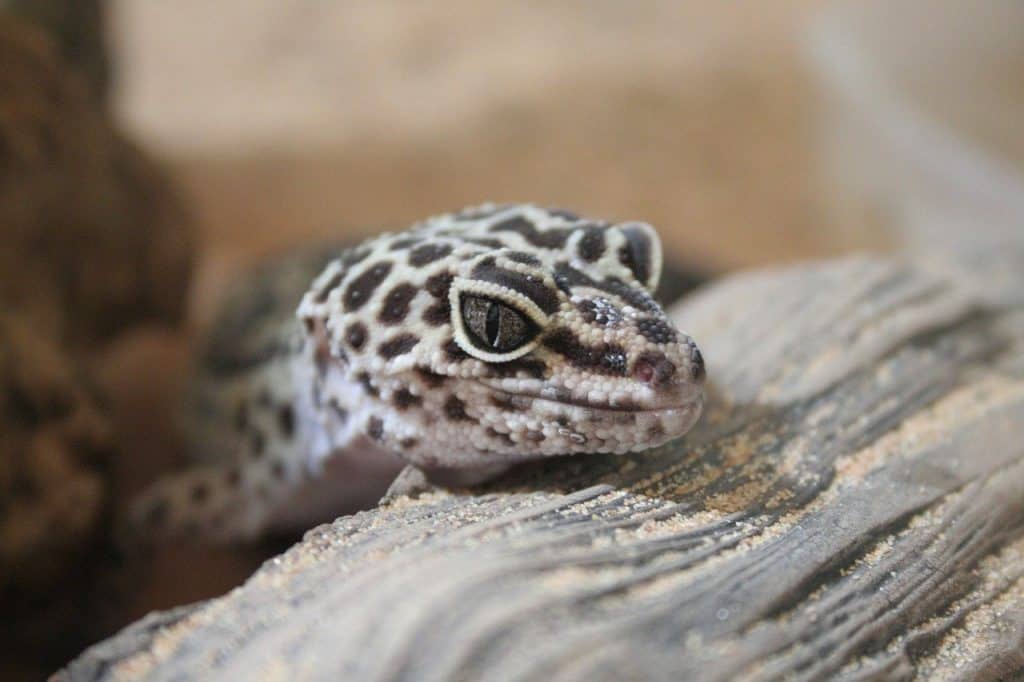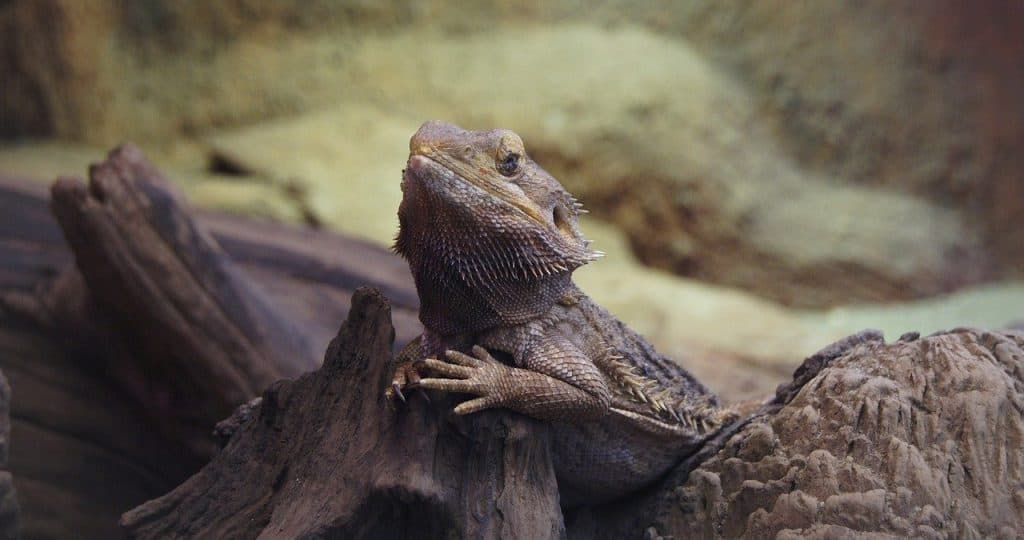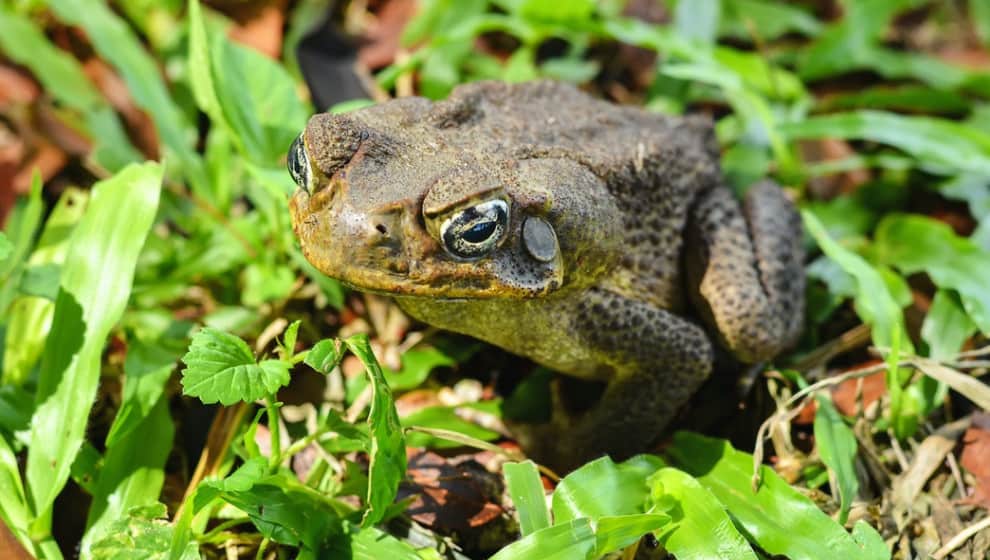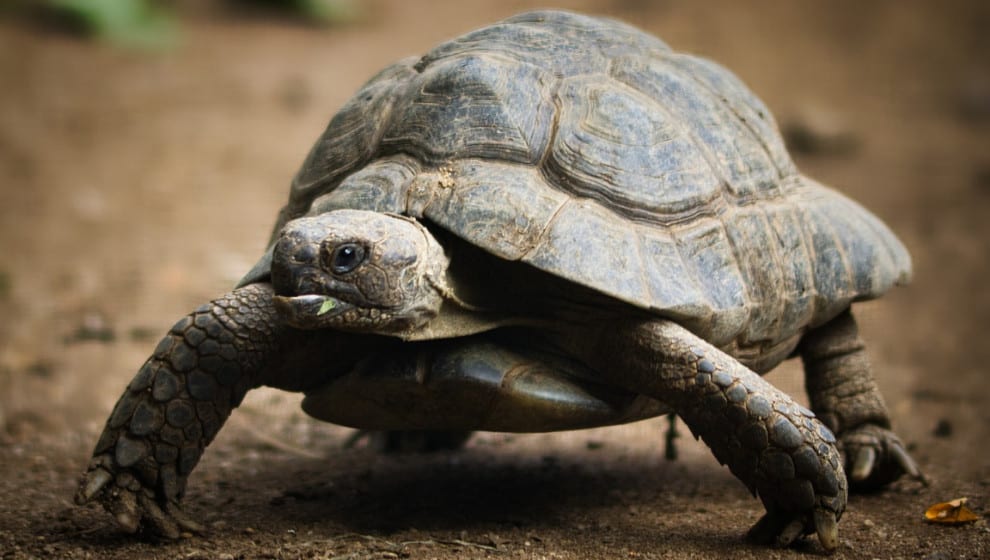Reptiles pet need special care, and their owners have to do everything possible to keep their pets healthy. Leopard geckos, on the other hand, are not very demanding, and it is very easy to create the perfect home for them. They have a docile, placid nature, which makes them a perfect pet for all the family members of the family.
Leopard Geckos are not aggressive by nature, due to which they can be held by children of all ages. Your leopard gecko could live for over 20 years easily if you care for them properly.
Table of Contents
Why Do Leopard Geckos Shed Their Skin?
Shedding is a common phenomenon found among many reptiles and other animals. It is the way to get rid of the old skin cells and replace them with new cells.
In fact, we humans do shed our skin on a relatively constant basis, but the flakes of skin calls are usually too small to notice.
Leopard Geckos shed all of their outer skin. By replacing their old skin cells with a new one, shedding also helps them to repair their wounds and injuries. Shedding helps the younger Geckos in growing also. Reptilian skin is not elastic at all, so skin need to be upsized to accommodate their growing bodies.
How Do Leopard Geckos Shed?
Like all other reptiles, Leopard Geckos shed their skin when they grow. However, they do shed differently than other lizards and snakes.
Stages Of Shedding
- Leopard Geckos periodically shed their epithelial layer, the outer layer of skin. Then they go into a stage known as the Resting stage, which will end when the cells that generate the new begin to divide from the old layer.
- Your Leopard Geckos will become more pale and dull when two layers of skin begin to divide. So, you do not have to worry when this happens.
- When an old layer of skin is ready to shed from Leopard Geckos, it will look like a “papery membrane” and then will look similar to peeling sunburn.
- They pull their old skin off of their bodies with their mouth and will eat it. That will not the way snakes do, i.e., shedding skin in one piece.
- When Leopard Geckos has fully shed the coloration, the new pattern will be very bright again.
What Complications Does Leopard Gecko Face When Shedding Off?
There are some captive-bred Leopard Geckos having a tendency toward shedding problems, which can be dangerous and even can cause death to the animal. So you should know about how your Leopard Gecko shed so you can address the issue and fix it immediately.
There is some factor that contributes to the shedding problems for a Gecko. Including low temperatures, parasites, viral infections, bacterial infections, weakness caused by an injury, lack of abundance of Vitamin A, low humidity, and metabolic bone diseases.
How Often Does Leopard Geckos Shed?
It is well known that Leopard Geckos shed, but the rate at which your Gecko is shedding involves some factors like the age and maturity of Gecko. Normally, they can shed every 1-2 weeks, or around once a month. It happens to baby Geckos more than the adults. If you want to keep track of the shedding rate, you should watch your Gecko and track its growth rate. The quicker it’s growing, the more often it will shed.
How Do You Know When Your Leopard Gecko Is Going To Shed?
Baby Geckos shed more often the adults, so there is a very easy sign that your pet is about to shed off its skin. Leopard Geckos’ color gets paler and duller as the skin starts to separate from the body. Some leopard Geckos shed entirely in an hour or even less, while some might take up to a day. They will have a lack of interest in food and will have a film around their eyes.
It may look gross to you, but that is no cause for concern as it is a natural habit of them.
Why Your Leopard Gecko Shedding A Lot But Not Eating Much?
You might start worrying when your Leopard Gecko is not eating much while shedding very often. There are many Leopard Geckos who, before or after shedding, go off food for a few days. And it is normal for them.
But you should not forget to make sure that your pet is eating its own skin to keep its belly full for some time.
However, if after a week of shedding, your Leopard Gecko is not eating and is losing weight too, you should consult a veterinarian. There is one important thing to make sure that your Gecko is not eating because of shedding because there can be other reasons that might stop your Leopard Gecko from eating. These reasons can be low temperature, stress, parasites, impaction, etc.
Why Is Hydration Important To Shed Easily For Your Leopard Geckos?
One of the most common reasons for poor shedding for Leopard Geckos is dehydration. So, you should always make sure that your snake has easy access to clean water. You should keep a watch to monitor the temperature regularly because excessive heat will dry out their space.
How Can You Alleviate And Prevent A Gecko's Shedding Problem?
If you have a Gecko pet at your home, you must know how to prevent their shedding problems. The first thing you can do for this problem is to give a proper diet and mineral and vitamin supplementation to them to help them reduce their health issues that may cause shedding problems afterward. You should keep a close observation of your pet’s fecal matter, weight gain/ weight loss, level of activity as it will help in eliminating health issues.
Keeping a good humid environment will also help Leopard Gecko to shed an outer layer of the skin properly.
How Leopard Gecko's Shedding Problems Are Treated?
There are several ways to treat the shedding problem of your Gecko.
- The best to treat this issue is you provide your pet an adequate temperature and humidity. The temperature of the basking area of your Leopard Gecko’s enclosure should range from 90-95°F, whereas the temperature of the cooler side area should range from 85-90°F.
- A humidity hut placed on the cooler side of the enclosure with sphagnum moss substrate or with a coconut husk substrate or vermiculite (as these substances will absorb and hold moisture) should be placed for proper humidity.
- If the shedding problem persists, even after maintaining proper temperature and humidity, then there are several other ways to overcome this issue. According to The Leopard Gecko Manual, you should gently rub a cotton swab dipped in hydrogen peroxide to remove the adherent skin. If the skin is firmly attached and is not coming off naturally, you can moisturize your Gecko’s skin with thalmic lubricant lotion.
Once the skin gets softened, it will gently remove, but you should not force the skin off as it will cause a problem to your reptile pet.
Is There A Shedding Season For Leopard Geckos?
Basically, there is no season for shedding. An adult Leopard Gecko will rarely shed while brumating. Likewise, in gravid Leopard Geckos females, all the resources go toward their eggs, so shedding at this time is so unlikely.
How To Handle Stuck Sheds In Leopard Geckos?
For Toes
Give a warm soaking bath (water should merely cover feet, no need to be deeper) to your Leopard Gecko for about 15-20 minutes. Then, using a pair of tweezers, carefully handling it pulls off the softened skin. But try to do this if the amount of skin is minimal.
For Shed Struck Around The Eyes And Other Body Parts
you should try to make a sauna by taking a towel soaked with warm water in a plastic container with some air holes and a lid on it. Leave your Gecko for about 30 minutes in this sauna, and then try to remove the leftover skin with a moist cotton swab.
Why Do Leopard Geckos Eat Their Old Skin (Shed)?
Following are the reasons why Leopard Geckos eat their sheds.
- It is not easy to shed the entire skin at once as it is tiresome work that requires a lot of twisting, pulling, and turning. Eating their skin is a way to retrieve back some energy and nutrients quickly.
- Like all other burrowing and territorial creatures, Leopard Geckos care very much about cleanliness, so they try hard to remove their sheds in the most efficient way possible.
- In their natural environment, there are few natural animals of Geckos who would turn them back. This is the reason why Leopard Geckos have evolved strategies to keep a low profile and avoid detection. Thus, eating their own old skin is one of them.
Conclusion
Although if it seems like that your Leopard Gecko is shedding too often, there is no need to worry about it as shedding is a sign of growth. Hence, if your pet lizard is shedding a lot, that means that it is growing well with absolutely no issues.
If you are keeping your Leopard Gecko well fed and also there is not something that might seem wrong with it physically, then you do not have to worry about the number of times it is shedding.
You are doing fine with your Leopard Gecko, as more shedding means quick growth for them. So you should be proud of yourself instead of being worried. The problem regarding shedding is to worry when your pet does not shed enough as there may be chances of health issues for them.

